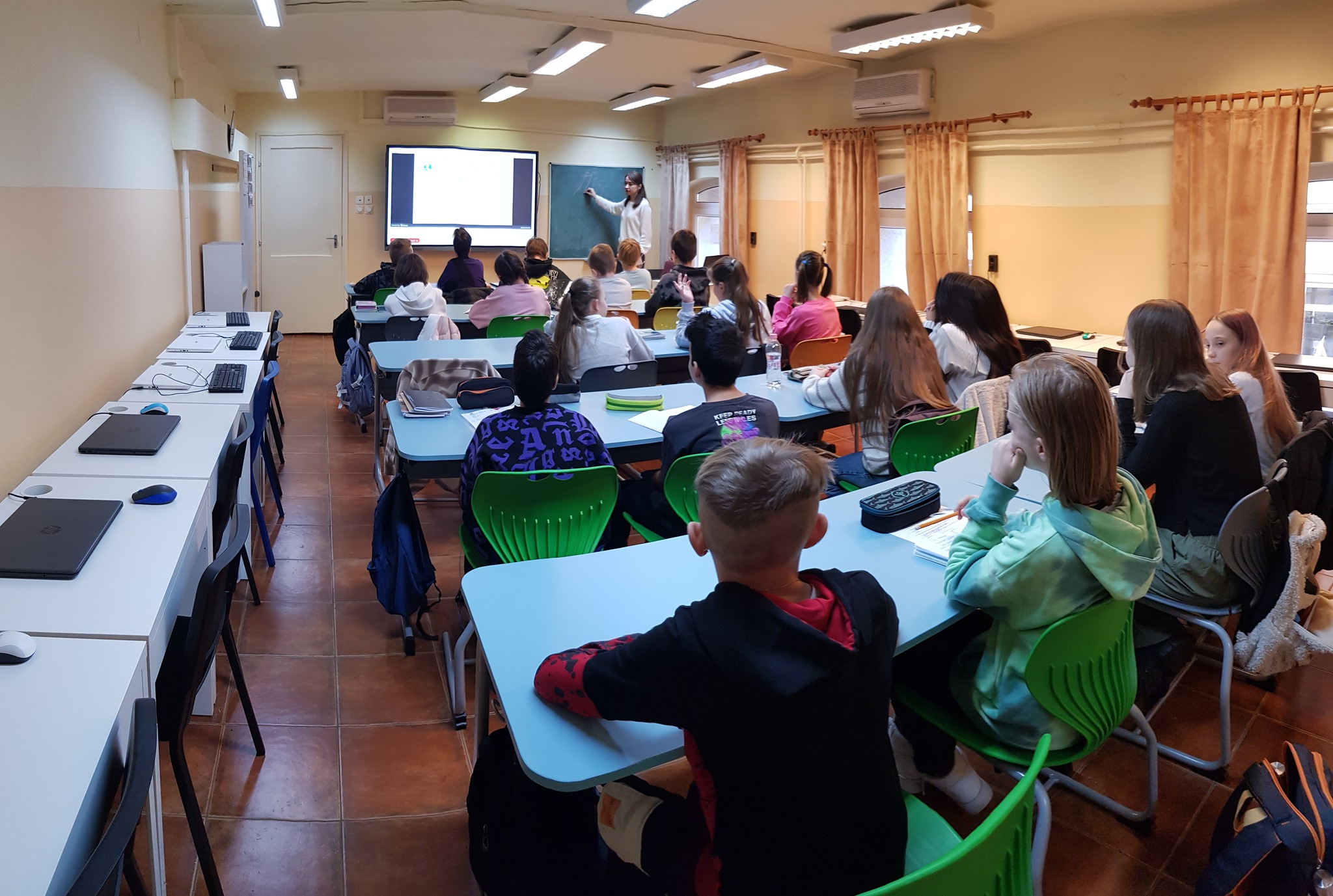
The school's funding is provided by the Hungarian state budget.Continue reading

On September 2, nearly 1.1 million children in Hungary started the 2024/2025 school year. The back-to-school period has hit family budgets: school supplies, children’s clothes and shoes have become more expensive compared to July last year. However, in a positive development, inflation for some school equipment and services has slowed down significantly for the start of this year’s school year compared to 2023, reads a recent article of the Oeconomus Economic Research Foundation.
Looking at the European Union as a whole, the average price of stationery and drawing materials, as well as children’s clothes and shoes, rose by between 2.0% and 2.5% on average in the EU this July over a year. Hungary was in the middle of the EU inflation ranking for children’s clothes and shoes, and at the top for paper and drawing materials.
Inflation for some school equipment and services in Hungary has fallen significantly for the start of this school year.
Compared with July last year, the price of children’s shoes fell in several EU countries this July, while in Hungary it rose slightly by 1.9%, according to Eurostat. Luxembourg, Croatia and Romania are the countries where children’s shoes have become most expensive over a year.
The average price of children’s clothing also fell in several European countries in July this year compared to last year, while in other Member States it rose.
Greece, Germany and Romania saw the biggest price increases. In Hungary, the price of children’s clothes rose by 4.2% in a year, putting it in the top quarter of the inflation ranking.

Photo: Pexels
The increase in the price of school supplies and stationery peaked in early 2023 (around 25%) in line with the general increase in price levels, and then gradually declined. Thus, at the start of this school year, the price of school supplies and stationery in Hungary could rise by around 7% compared to last year. Average consumer prices of paper and drawing materials have also risen in most EU countries over the past year.
The highest price rises were in Romania, Malta and Hungary, while three countries – Cyprus, the Netherlands and Sweden – recorded price falls, Eurostat data shows.
Similar trends were observed in Hungary for the price of school meals. School meal inflation peaked at nearly 35% in the first half of 2023 due to increases in energy and fuel prices, food and commodity prices, and wage increases, before slowing down significantly. As a result, the Hungarian Statistical Office (KSH) already forecast annual inflation of around 8% for the start of the 2024 school year in July.
It is also worth noting that
an increasing number of children are receiving full or partial meal subsidies in Hungary.
According to a representative survey by Erste Bank, nearly two thirds of Hungarian families expect it to cost more to send their children to school this year than last year. 43% of the respondents can cover the costs from their regular monthly income, and the same proportion of those who are starting to save earlier.
However, the survey results show that, despite rising costs, families overall feel that the start of this school year is slightly less of a burden.
Starting school is a noticeable financial burden for 69% of parents (73% last year). In contrast, 24% of parents (19% last year) said that they had no or no particular financial problems with starting school.
Via Oeconomus, Featured image: Pixabay